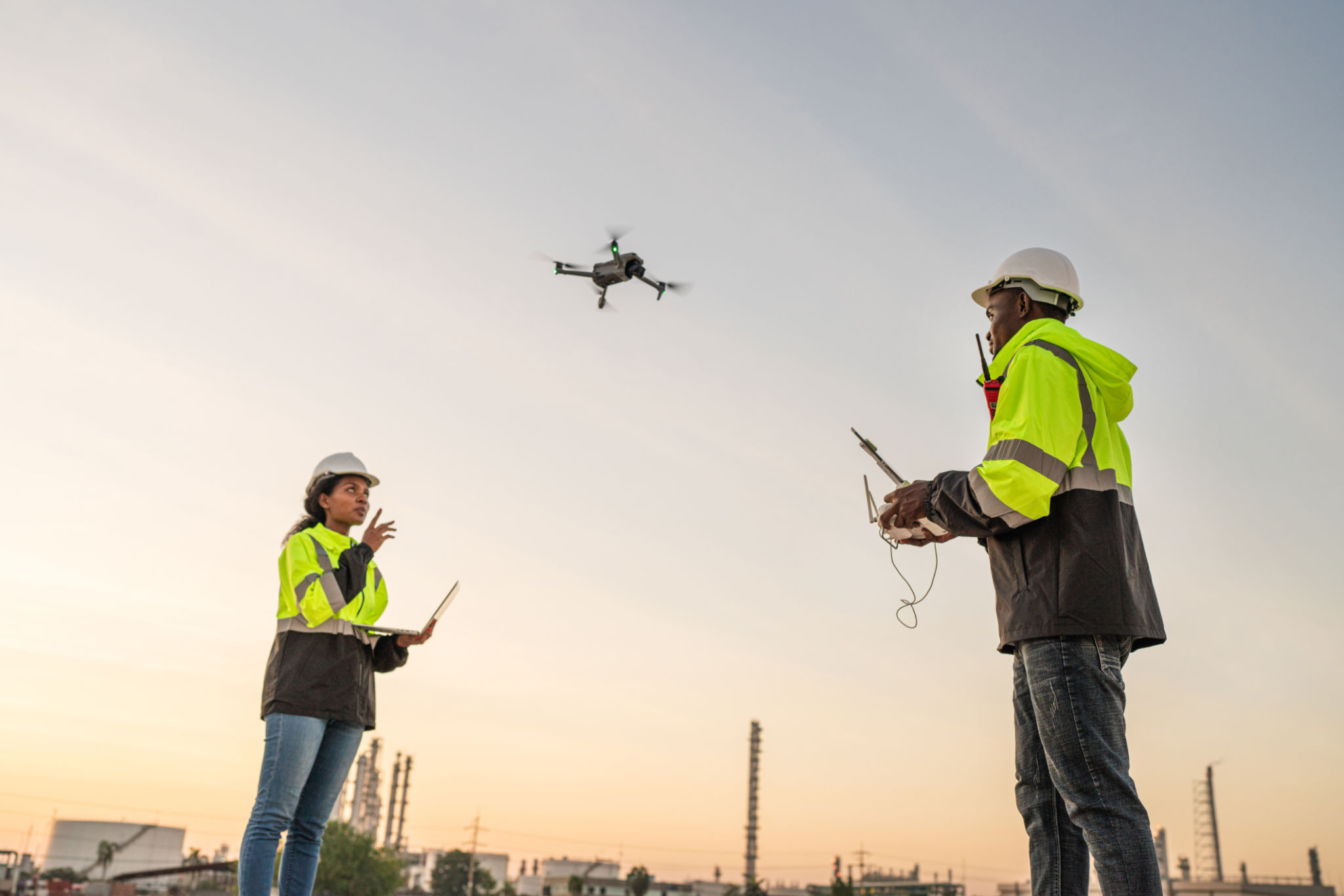Expert Insights: The Future of Groundworks Construction
Embracing Technological Advancements
Groundworks construction is undergoing a significant transformation, driven by cutting-edge technologies that promise to enhance efficiency and safety on-site. The integration of technologies such as Building Information Modeling (BIM) and augmented reality is paving the way for more precise planning and execution. These advancements allow teams to visualize and manipulate digital representations of projects before breaking ground, reducing errors and improving outcomes.
Moreover, the use of drones in surveying and site assessments is becoming increasingly common. Drones can capture high-resolution aerial images and data, providing a comprehensive view of the terrain and helping in creating accurate topographical maps. This technology not only saves time but also improves the accuracy of groundworks planning and implementation.

Sustainability in Groundworks
The construction industry is increasingly focusing on sustainability, and groundworks are no exception. The future of groundworks construction involves a greater emphasis on environmentally friendly practices. This includes using sustainable materials and methods that minimize environmental impact. Companies are exploring recycled materials, eco-friendly concrete alternatives, and permeable surfaces that allow water to pass through, reducing runoff and erosion.
Additionally, energy-efficient machinery is being adopted to reduce carbon footprints. Equipment powered by electricity or hybrid systems is replacing traditional diesel-powered machines, offering reduced emissions and noise pollution. These efforts are instrumental in aligning groundworks with global sustainability goals.

Automation and Robotics
Automation is revolutionizing the groundworks sector, with robots taking over repetitive and labor-intensive tasks. This shift not only enhances productivity but also addresses the challenge of labor shortages in the industry. Autonomous machinery, such as robotic excavators and loaders, can perform tasks with precision and efficiency, minimizing human error.
The use of robotics is also advancing safety standards. By automating hazardous tasks, companies can protect workers from potential site dangers. Robots equipped with sensors can detect obstacles and assess risks in real-time, ensuring a safer working environment.
Data-Driven Decision Making
As data becomes more accessible, decision-making in groundworks construction is becoming increasingly data-driven. Companies are leveraging data analytics to improve project outcomes, from initial planning to completion. By analyzing data collected from various sources, teams can identify trends, predict potential issues, and optimize processes.

Big data plays a crucial role in enhancing project management, allowing for better resource allocation and cost management. Predictive analytics can foresee equipment maintenance needs, reducing downtime and ensuring projects remain on schedule. This level of insight empowers companies to deliver projects more efficiently and economically.
The Role of Skilled Workforce
While technology is transforming the landscape of groundworks construction, the need for a skilled workforce remains paramount. Workers must be trained to handle new technologies and machinery effectively. Continuous learning and development programs are essential to equip the workforce with the necessary skills to thrive in this evolving industry.
Moreover, there is a growing demand for professionals who can bridge the gap between traditional construction methods and modern technological applications. Engineers and project managers with expertise in both areas are crucial for successful project delivery in this new era of groundworks construction.

Conclusion
The future of groundworks construction is marked by innovation and sustainability. As the industry embraces technological advancements, it promises to deliver projects that are not only efficient but also environmentally conscious. By integrating automation, data analytics, and sustainable practices, groundworks construction is poised to meet the challenges of the future head-on.
Ultimately, the successful adoption of these trends will depend on both technological advancements and the human element—skilled professionals who can harness these tools effectively to build a better future.
